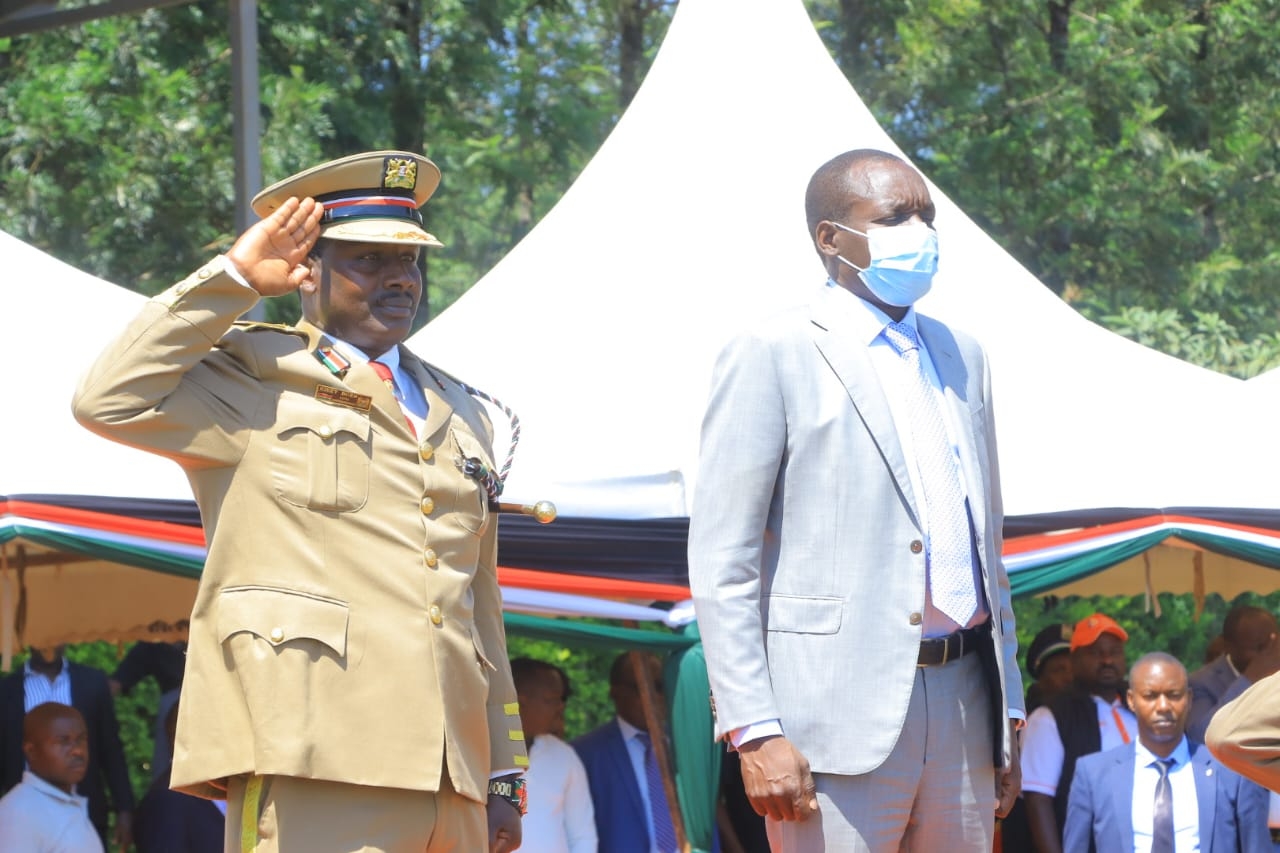One of the problems with tribalism and the way Kenya is set up, is that some communities may not suffer so much even if their public officials steal. Kenya ranks in the bottom half of the global corruption index, a fact that does not make sense in our daily lives, because most Kenyans will never travel outside of Kenya to compare.
So we have to look at corruption in another way. Especially where government is involved, it can be difficult to understand at what point, theft matters. A billion here, a billion there among trillions should not really matter, especially when shared. But it does. Because each of us only has this one life to live. Pity if you live in a county that acts as if it does not value your life.
Kenya has one of the highest HIV-Aids and tuberculosis burdens in the world. But it also has a rising non-communicable disease burden. The health burden is not spread evenly across all counties. So, a one size fits all national health policy will not work.
Since devolution began some counties have made progress, but like a famous politician once talked about juggling liver, as one issue seems to get better, others come up.
One broad measure of population health is life expectancy. The average for Kenya is about 67 years. That means on average half the population will die before they reach the age of 67. In developed countries life expectancy is about 80 years. Doesn’t sound too bad.
If you reside in Laikipia county or Uasin Gishu the life expectancy is 71 years. Compare though with Migori or Homa Bay where life expectancy is 59 and 57 years respectively. If you are a government official in those counties, and corruption is your thing what should you do?
You could argue that siphoning money from the better-off counties is fine because already they are okay. The argument on the other side, the counties doing badly might be, the population does not live that long anyway, so better I invest the money as an individual in a far-off country like Australia. Except that life expectancy is a crude measure of health. Not many people understand it well and it hides a lot of what is happening.
How many people die is a better indicator to prioritise, plan and monitor health services. On average in Kenya, there is about one death for every 160 people per year. Look at your phone, the number of contacts you have and WhatsApp groups and you will realise that you know more than 160 people and so every year you are notified of quite a few deaths that are close to you.
Kenya is a middle-income country and more people die in Kenya than in an average middle-income country. You may not be surprised to learn that the county where, if you are a resident, you are most likely to die is Homa Bay county, where every day 51 people die.
In Uasin Gishu with a population almost exactly the same, it is half that figure. Because Kenya has 47 counties it is good to know which are the high-risk counties—death-wise. In Tana River, Migori, Kisumu and Nyamira counties, people die a lot. Conversely, in Laikipia and Nakuru counties, priests have less funeral work. But what of the health professionals? What are they doing?
Among the major causes of ill health are those of a poor country, that is a lack of adequate water and sanitation and HIV-Aids. There is the middle-income country problem of high blood pressure and diabetes, which we will talk about another day. But there is one cause that should make you angry.
Maternal mortality—a woman dying while giving birth. A mother who dies while giving birth reflects a community that does not value itself. Such a death is entirely preventable if the health system from top to bottom is functional. Whereas maternal mortality has dropped in Kenya – though still very high by global standards – there are some counties where more mothers continue to die at an alarming rate.
The most dangerous county to give birth in is Nyeri followed by Nairobi county. Taita Taveta is a risky place too for maternity care and delivery. In contrast by Kenyan standards, maternal health is much better in Makueni, Laikipia, Nandi and Trans Nzoia counties.
But these are not the counties with the lowest maternal deaths per population. That prize goes to West Pokot followed by Baringo county. Surprised? What is evident is that Nairobi is not the place to give birth with chances of a mother dying almost four times the national average and 20 times more likely to die compared to a West Pokot mother.
Kenya has, for the last 20 years especially, benefited from large investments from global public health partners. Devolution has brought about a better structure to manage public health, recognising the diverse health in our population.
As it sinks in that we are a middle-income country, much of this foreign funding is going away to poorer countries. So the choice becomes quite stark. Do we want to be in a county like Homa Bay or Migori where people hardly live beyond 60 years or be more like Laikipia and Uasin Gishu counties?




![[PHOTOS] Uhuru visits Raila's grave in Bondo](/_next/image?url=https%3A%2F%2Fcdn.radioafrica.digital%2Fimage%2F2025%2F10%2F0a7bb837-9eaa-4053-be84-0ba48cc9964b.jpg&w=3840&q=100)







